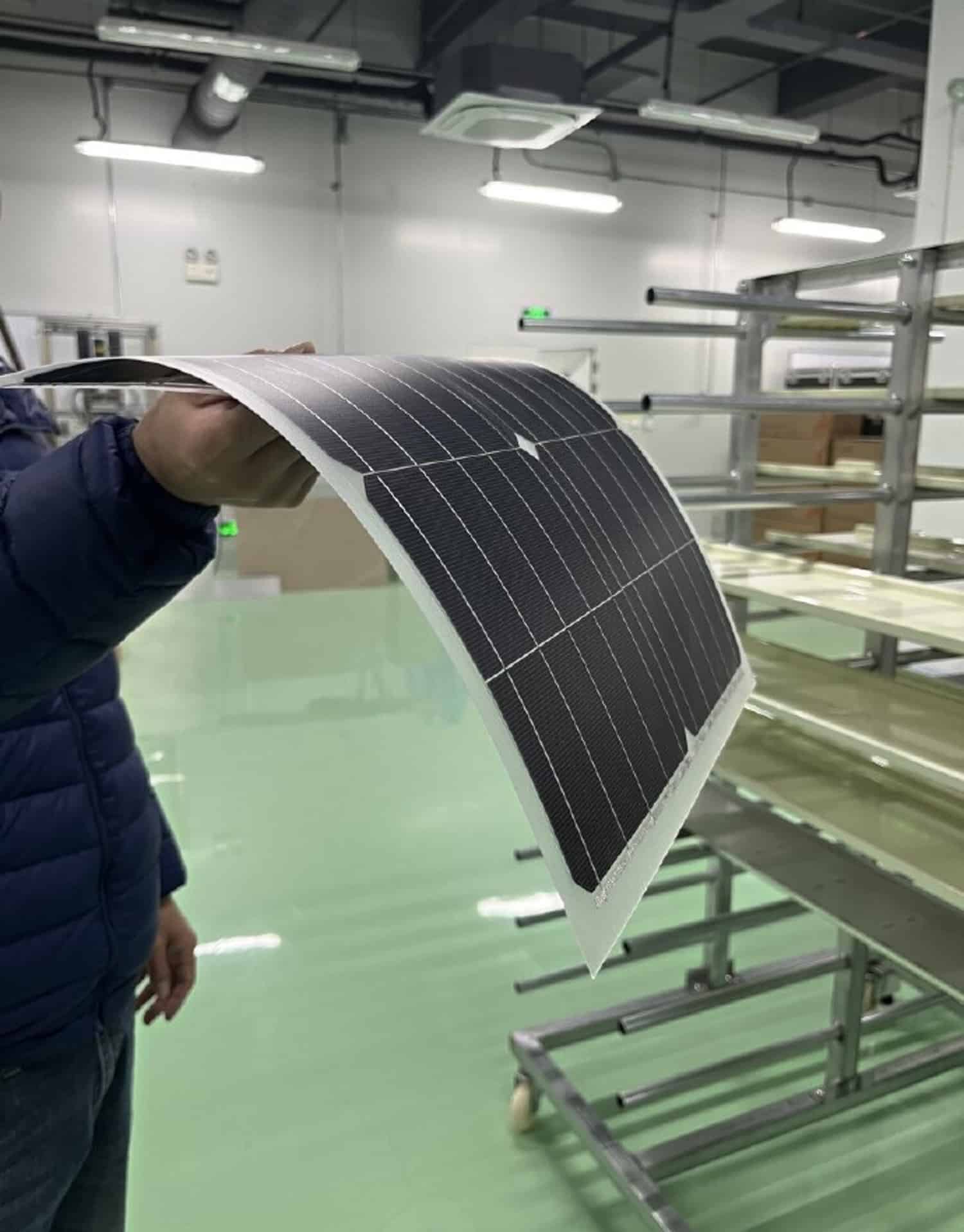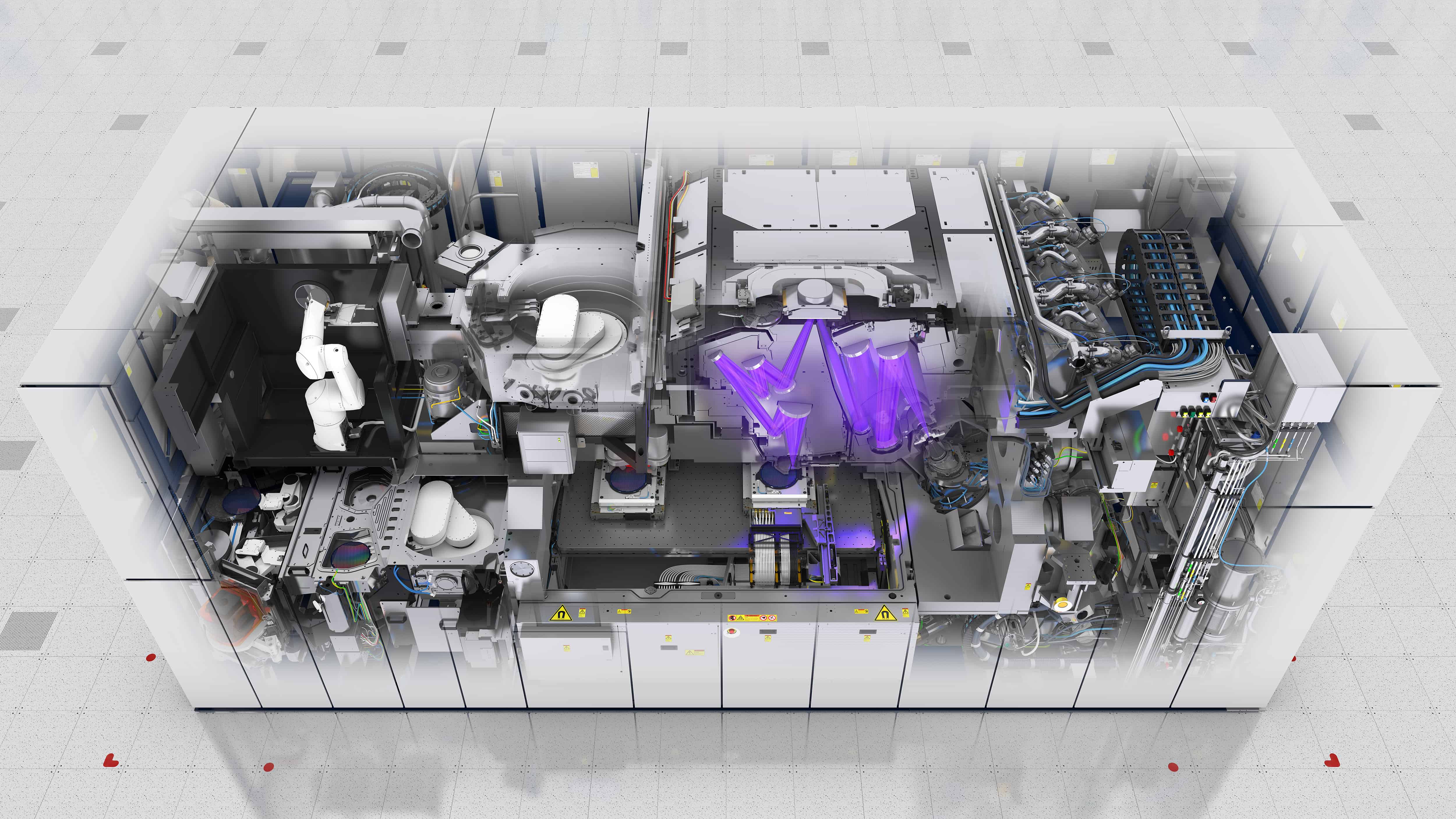
Solar cells absorb sunlight and convert absorbed radiant energy into electrical energy. But current silicon solar cells can only absorb the energy of a single energy range of light. All the energy of other wavelengths goes unused. For this reason, scientists are now building a new type of solar cell based on perovskite as part of the EU-funded PERTPV project. The aim: To create more powerful and sustainable solar modules with higher efficiency. “For the benefit of people as well as the planet,” says Brussels.
Silicon is still the most commonly used material for solar cells, but other materials could potentially achieve higher efficiencies and also be more versatile in their application. Last but not least, depending on the material, the price-performance ratio could also be improved. One such material is perovskite, for instance, a mineral that has the same crystal structure as calcium titanate.
“When used as an absorber material, perovskites have proven capable of producing highly efficient cells, almost matching the efficiency of traditional silicon cells,” explains Henry Snaith, a professor at Oxford University. One advantage perovskite cells have over silicon cells is that they can be manufactured on a large scale. But Snaith says they also have higher efficiency than conventional silicon cells.
Stacked for voltage and higher efficiency
“You can change the composition of perovskites to absorb different bands of light,,” Snaith says, explaining the versatility of perovskite cells. “What this means is that instead of absorbing all the light in a single material, as is the case with silicon, you can stack two or more cells on top of each other and absorb different bands of sunlight.”
This is important because the different energy bands of sunlight contain fundamentally different energy levels, Snaith explains. “A solar cell can only produce as much voltage as the band of light it is able to absorb,” he says. “By stacking cells, you can increase the band range and, in doing so, increase both voltage and efficiency.”
While an Oxford University spinoff, Oxford PV, is currently working on stacking perovskites on silicon and plans to bring a commercial product to market next year, PERTPV is going a step further by stacking perovskite cells exclusively. “Ultimately, our goal is to demonstrate high efficiency on both wide and narrow band gap perovskite cells,” Snaith said. “This in turn will allow us to deliver 30% efficient tandem cells, which is perovskite stacked on perovskite.”
Promising results
Already, the scientists have made great progress. The wide band gap perovskite is made of a mixture of tin and lead and lies on top of the stack where the sunlight first hits. This material is only slightly below the targeted efficiency, the researchers are pleased to report. In addition, the stability is relatively good, they say.
However, Snaith sees a real challenge in the efficiency of the low bandgap perovskite. “This is still in the 18–19% efficiency range, and we really need to get this up to 23% to be able to deliver the 30 % efficient tandem cell,” he explains. “With the efficiencies we have right now, we should be able to deliver a 25% efficient cell, but we need to pump that number up some more.”
Result: “A high-efficiency tandem perovskite cell”
For the project team, in addition to developing the technology itself, there is another question at the heart of the project: What is the best way to manufacture tandem perovskite cells? “All the pieces are in place, we just need to put them together and deliver,” Snaith said. “But I am confident that by the time the project is over, we will have delivered a high-efficiency tandem perovskite cell.”
Predicting timelines is “extremely difficult,” Snaith stresses. But he said he could envision perovskite multi-junction solar cells being used as an alternative to silicon solar cells as early as within the next five years. “The development of perovskite cells is an opportunity to make an already sustainable industry even better, which makes funding research like the PERTPV project so important.”
Also of interest:
Research project on the A81 Autobahn: Solar roof over the highway
Efficient, organic solar cells of the future
Innovative European solar cells boost energy transition







